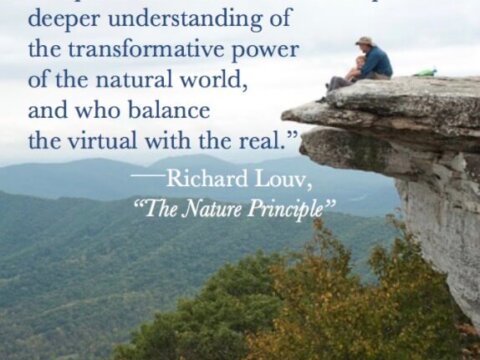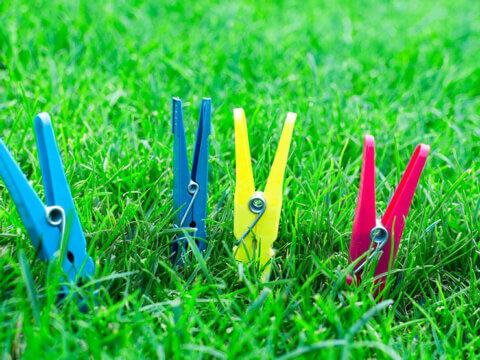Celebrating Endangered Species in Nearby Nature

Connecting with nature and learning about the environment is a critical part of a child’s development and education. Not only does being outdoors have physical and mental health benefits, but given the many problems that our planet faces today, it’s important that children grow up learning to respect and protect our environment.
Endangered Species Day is a great opportunity for connecting with nature and learning. Every year on the third Friday in May, people around the world spend the day celebrating endangered plant and animal species. This year, Endangered Species Day falls on Friday, May 15th, and most people will be celebrating online or at home due to the ongoing coronavirus outbreak. Dozens of organizations are offering digital or remote events, learning activities, and resources related to endangered species.

We’ve gathered together a few of the great activities you can do in nearby nature with kids this Endangered Species Day:
Get outdoors with the “What’s In My Backyard?” Challenge. On Saturday, May 16th, people around the world are going to use the free phone app iNaturalist to take photos and identify local species. This is a great hands-on learning activity that will allow you and your kids to get out into nature and learn more about the wildlife right in your backyard. Read full instructions for how to participate here.
Tune in to Endangered Species Story Time. Every morning Monday, May 11th through Friday, May 15th, staff members and guests with the Endangered Species Coalition will be reading aloud children’s books that feature endangered species. We’ll be reading these fun and educational stories live on Facebook. Tune in by visiting our Facebook page at 9am Pacific Time / 12pm Eastern Time each day.
Do an arts & crafts activity. This could be drawing, painting, or making a collage of endangered species, building a diorama of a species and its habitat, or doing a craft with recycled materials. Art is a great way to learn about and celebrate endangered species, and have fun in the process.

Start a quest with Project Hero. Originally designed for classroom use but easily adapted for remote learning, Project Hero is a free, online program that leads students on a learning journey to explore concepts through the lens of the species or ecosystem and culminates in the design and implementation of a project that makes a meaningful difference. Try out the quests focused on Pollinators, Soil and Soil Health, or the Wolf Reintroduction Ballot Initiative in Colorado.
Watch a family movie that features endangered species. For example, The Lorax, based on the famous children’s book by Dr. Seuss, is a great family-friendly film about the importance of protecting endangered trees. The Lion King and Finding Nemo also feature lots of endangered species, and could be great ways to start conversations with kids about the importance of protecting our wildlife.
Watch an episode of a TV show about wildlife. Shows like Planet Earth, Blue Planet, and Our Planet do a great job of showcasing the wonders of wildlife in our world, and many episodes are appropriate and engaging for kids and adults. Celebrate biodiversity by watching an episode of one of these shows on Endangered Species Day.
Do the Endangered Species Day Activity Book. This activity book can be printed out and has coloring pages of endangered species, including educational information about where the species live and what threats they face. The activity book also includes a maze, crossword puzzle, and word search. You can find it by clicking here.
Visit a mural. Our map of Endangered Species Day events includes more than a dozen public murals of endangered species you could visit, and there are hundreds of other wildlife murals that aren’t listed. Just be sure that visiting a local mural complies with state and federal public health guidelines around social distancing, and feels safe for you and your family.

Plant a pollinator garden in your backyard. A pollinator garden has native flowers and grasses that provide critical food and habitat for bees, butterflies, and other species. You can learn more about pollinator gardens from the Xerces Society by clicking here, and more about native plants in your region by clicking here.
-
Voices
CAMPING WHILE PARENTING: A Mother-Son Adventure
-
Feature
A common thread: Indigenous-led foundation weaves together activism and art, climate and community
-
Network News
Community Spotlight: Prescribe Outside
-
Voices
That’s nice, mija: Finding common language in nature connections
-
Richard Louv
"HUMMINGBIRD PARENTS": Seven Actions Parents Can Take To Reduce Risk And Still Get Their Kids Outside




